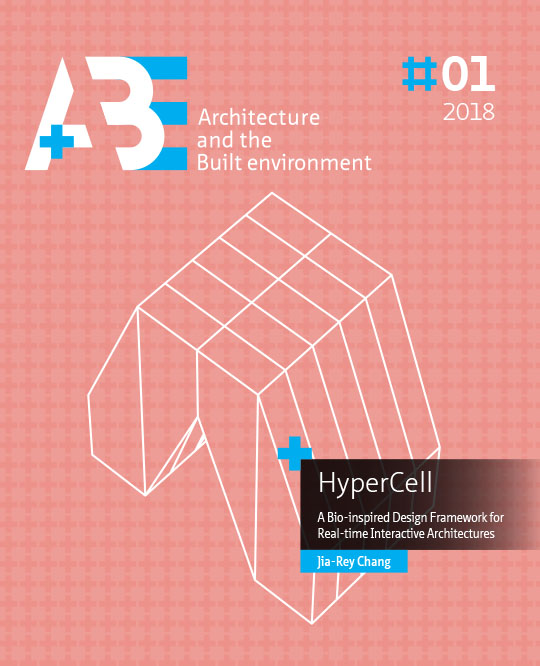Body Conjunction = Wavering Between Actual and Virtual Spaces
DOI:
https://doi.org/10.7480/abe.2018.1.3751Abstract
In the present digital age, the body tends to extend beyond it being flesh, it can be extended, it is a body without organs, and it might belong to more than your own-self. The “Body” as a living entity with its embedded sensory system, not only embodies who we are but also lets us understand and explore the sensitive, unpredictable but fascinating world. The body is an information receiver as well as information reactor. Through years of medical experiments and research on the body, medical devices and instruments are able to allow us to look into the deepest and the most mysterious spots in the human body. For instance, if seen through an HD monitor, while being probed by an endoscope, the body appears as an immersive and infinite landscape. By observing the smoothness and the folds of the surfaces encountered within the body, it is quite simple to project your individual self into this body-scape for a while to imagine and experience this immersive organic space. Various potential ideas of designing a body-like space have become the subject of design fantasies of a number of architects.
The “Vitruvian Man”, which, Vitruvius described in the third book of De Architectura, and was later interpreted and illustrated by Leonardo DaVinci, has served as the human figure/body representation to be used as a measuring unit rather than being considered as a sensitive object. Unsurprisingly, it was a relatively long journey for architects to abandon this dogma. After the industrial revolution (during the modernist era), the concrete evidence of considering body proportions as potential measurements could still be seen in the projects of Le Corbusier, which accompanied his famous school of thought: “A house is a machine for living”. He developed the “Modular” in a mathematical proportion of space based on figures and intended to replace the old Vitruvian man with it as a new generation’s typical model. However, with the rapid development of electronic technology, the trend of realizing sensory environments akin to living bodies has no longer remained a thought but can be seen as an initial action to refuse to see the human body merely as a measuring unit. The turning point came about the time while the medium of news media, television, and social media became relatively mature, and thus started making people conduct critical reflections. Marshall McLuhan, a well-known pioneering media theorist, stated in his well-known publication, “Understanding Media: The Extension of Man” (McLuhan, Understanding Media: The Extensions of Man, 1964). This explicit shot made the researcher foresee the potential and intimate relationships between the body, technology, and space, and somehow have a rational explanation to extend the physical body to endless space, which is crucial in this chapter.

